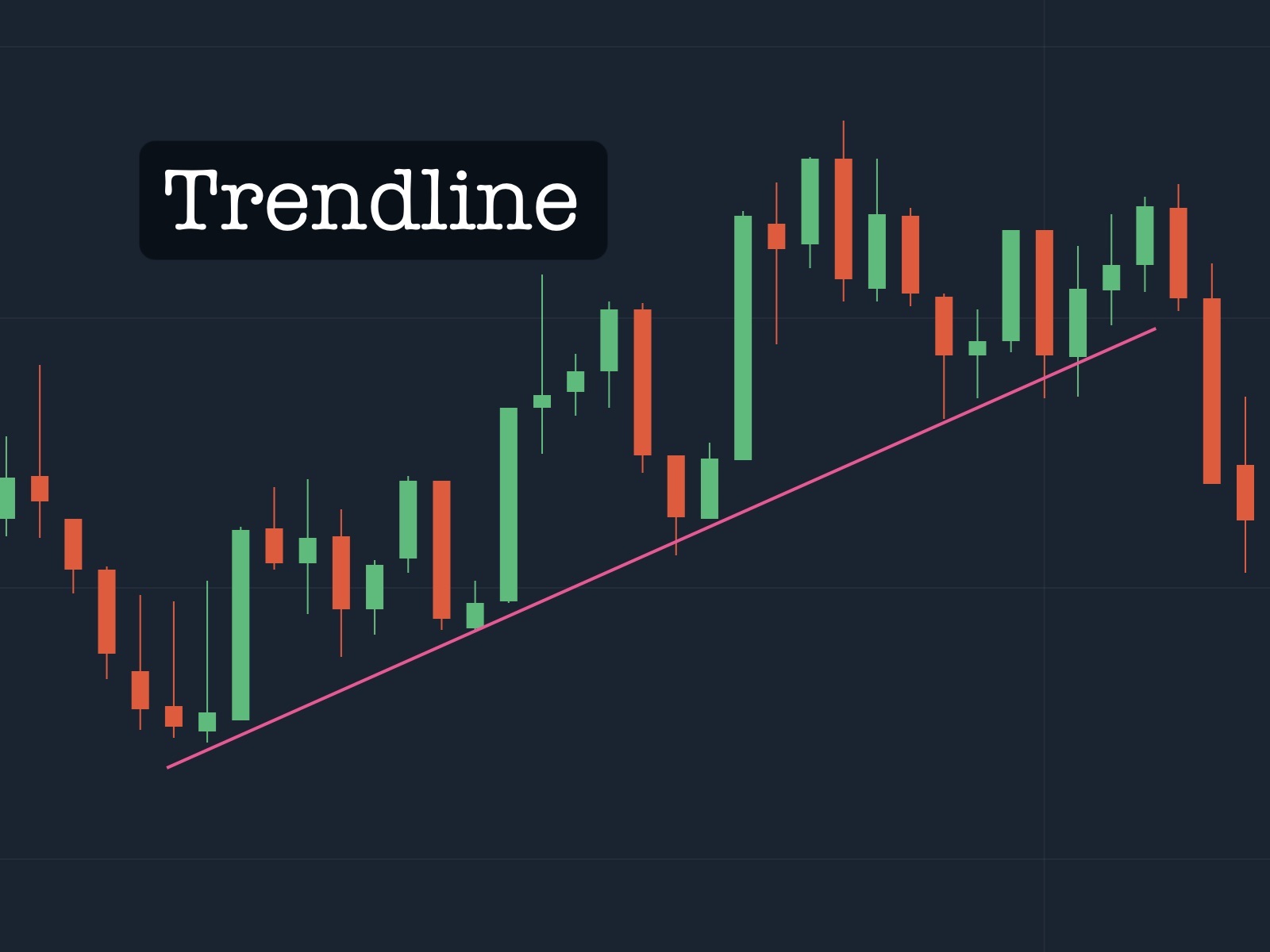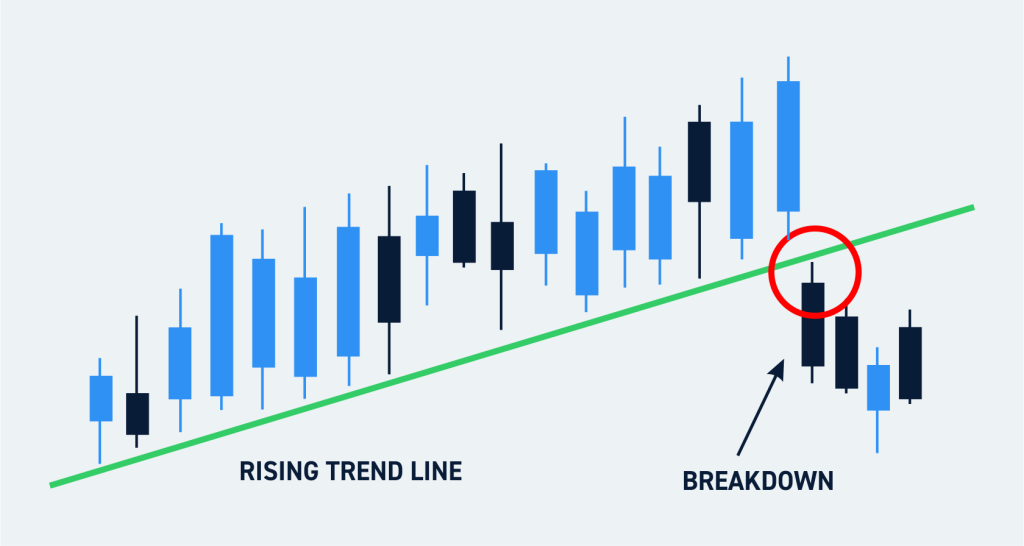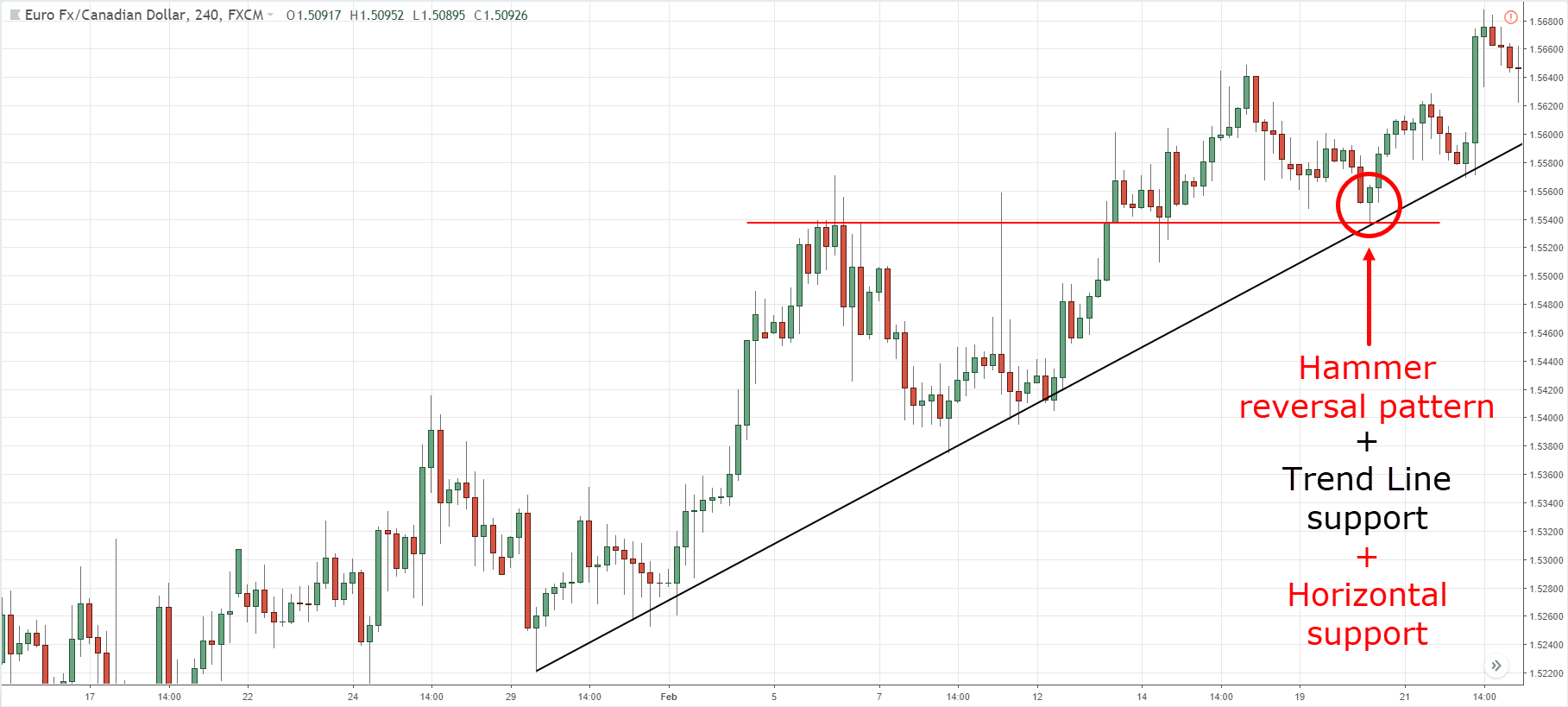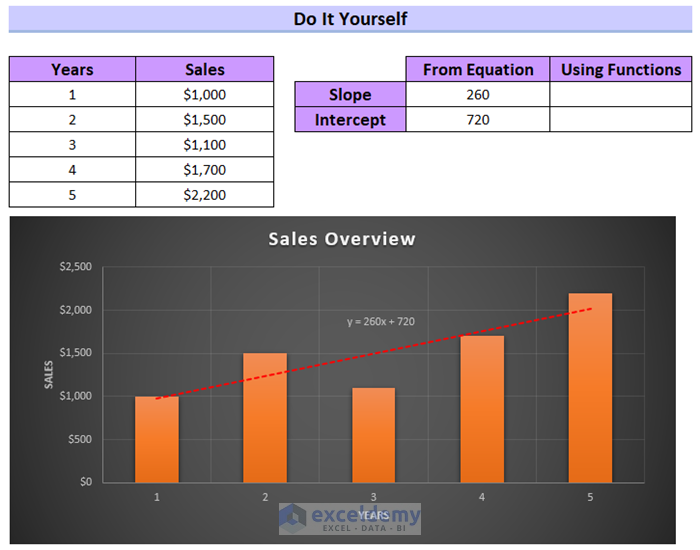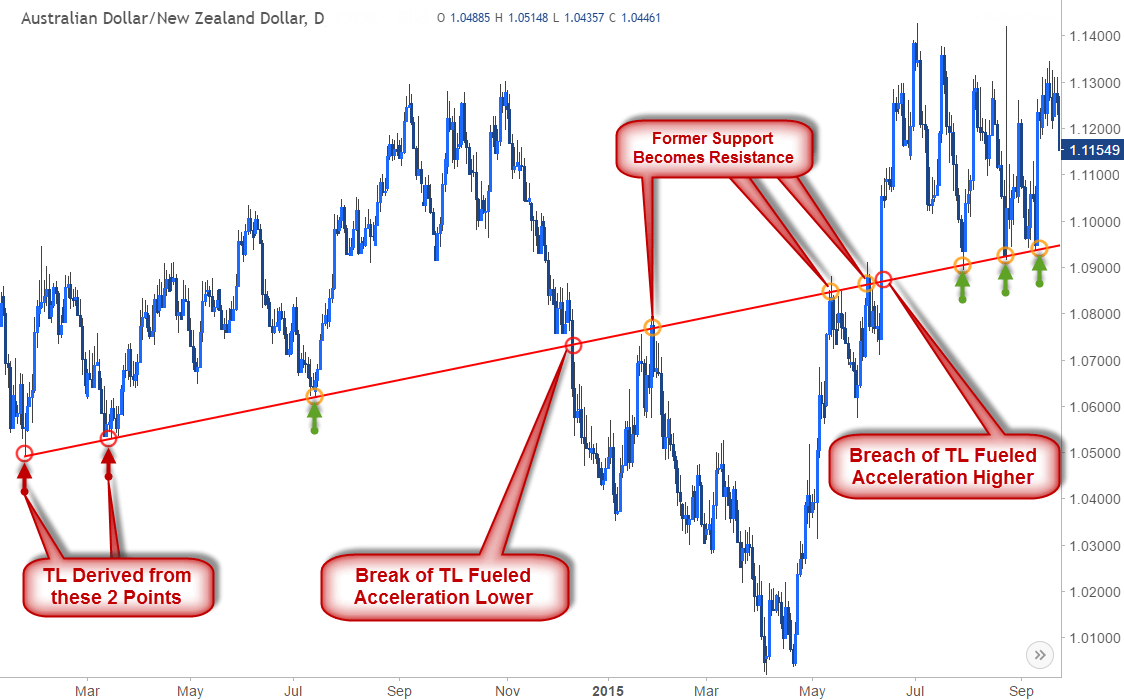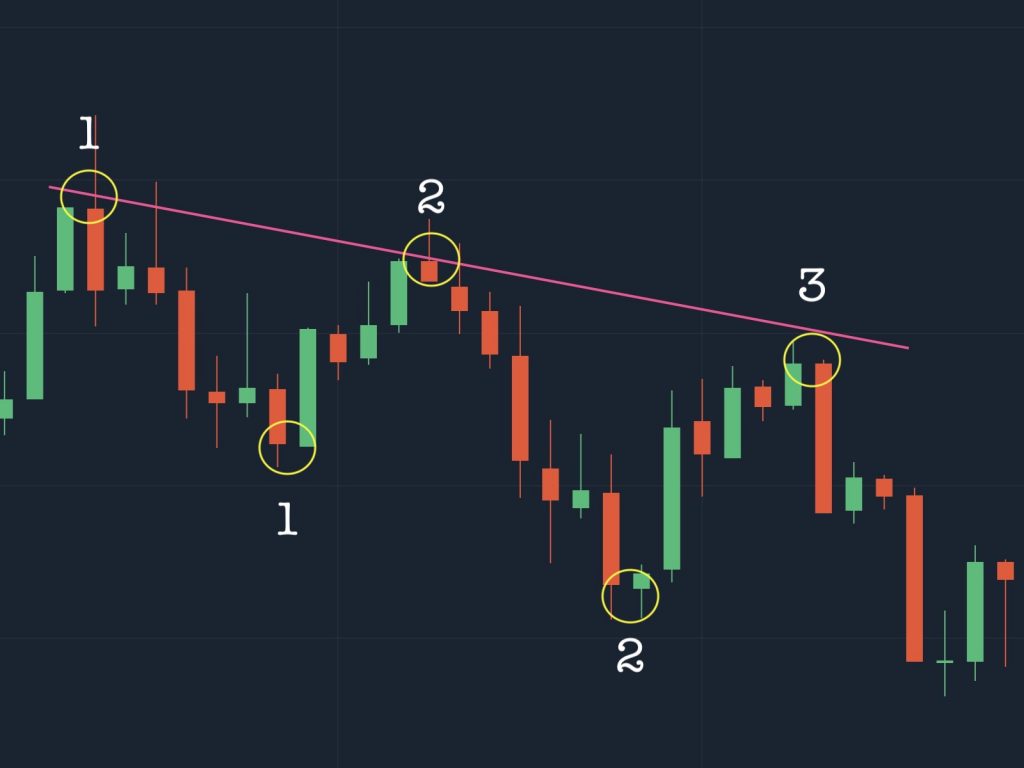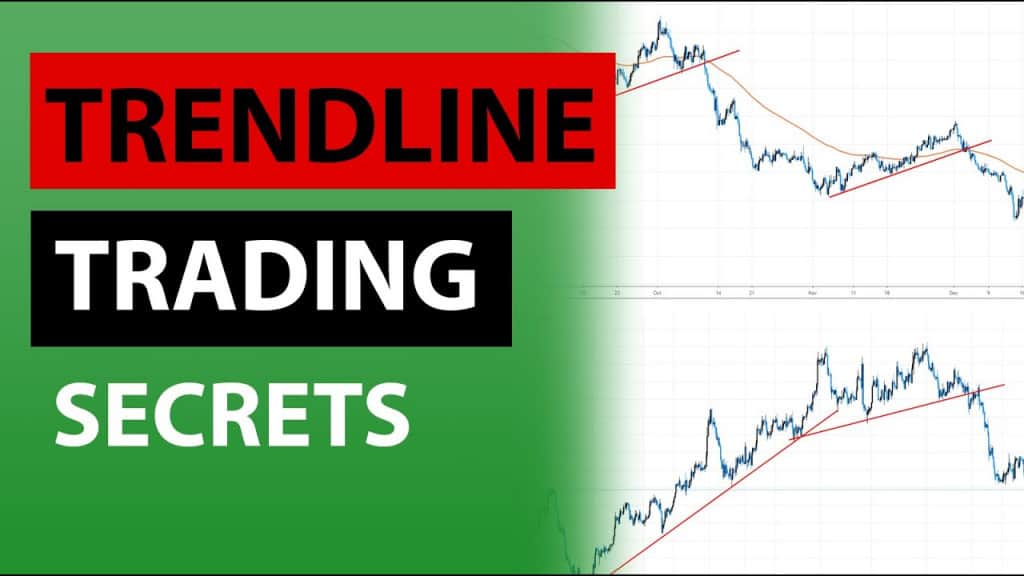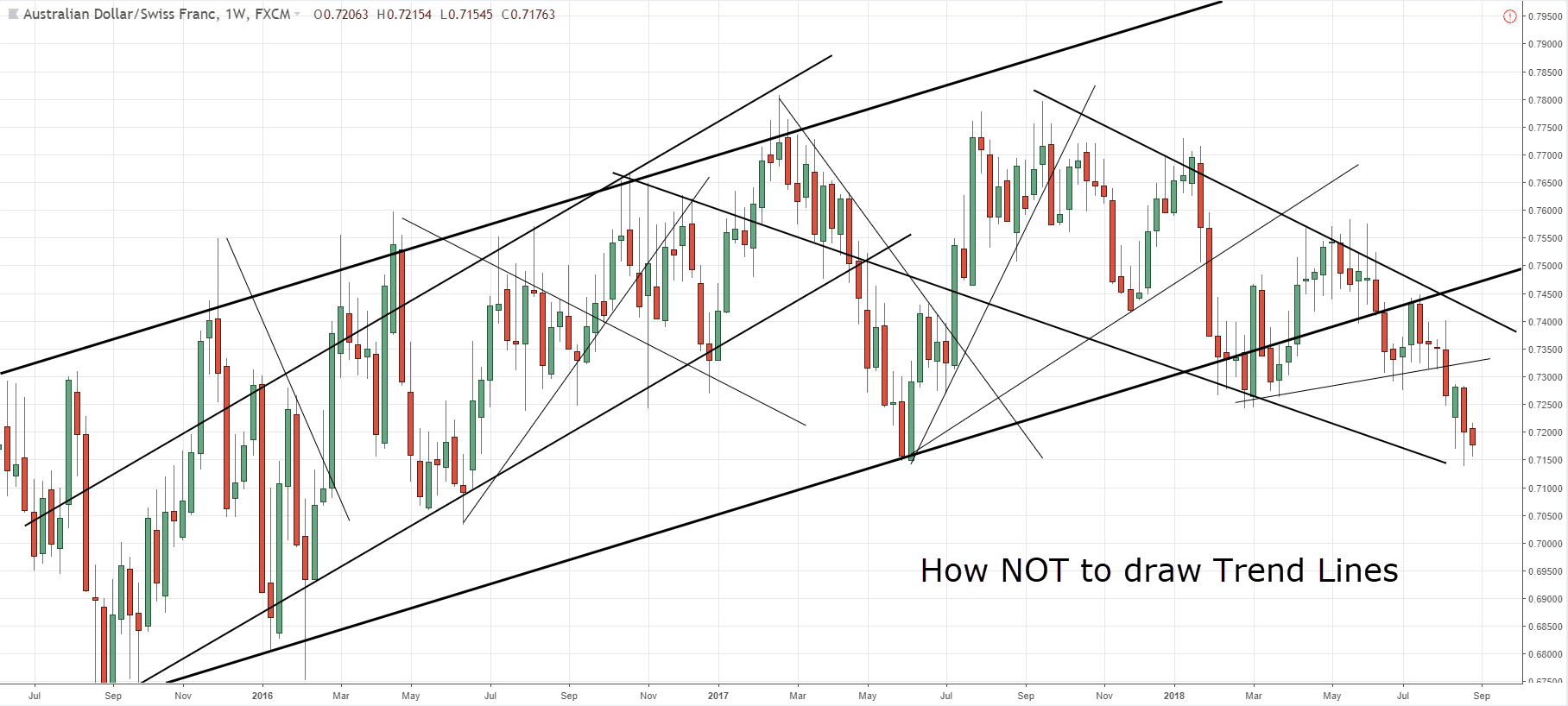Exemplary Info About How To Decide Which Trendline Use Make A Cumulative Graph In Excel

How to use price action and identify the direction of the trend.
How to decide which trendline to use. I will try to explain the differences and when to use them. Just trace the line and either follow the trend or wait for a breakout. How to choose a trend line.
How to draw trendlines and identify the strength of a trend. In addition, trend lines help you to accurately determine the optimal entry and exit points, as well as set a stop loss. When you fit a trendline to your data, graph.
The type of data available with you will help determine the type of trendline to use. Properly drawn on charts, they help to predict the direction of price movement and identify trend reversals. When you want to add a trendline to a chart in microsoft graph, you can choose any of the six different trend/regression types.
A moving average trendline smoothes out fluctuations in data to show a pattern or trend more clearly. A trend line works by simply showing the areas of value in different types of trends. Linear trendlines, logarithmic trendlines, polynomial trendlines, power trendlines, exponential trendlines, or moving average trendlines.
The type of data you have will help determine the type of trendline to use. How to identify a trend without using candlestick charts. The five different types of trend lines are:
The equation for a linear relationship should look like this: This question came up in a recent workshop. If i need to summarise trendlines in a few bullet points they would be:
Y = mx + b. The best way to use trendlines in forex trading is to look at the extended lines and trade on prices based on the trendline projections. A moving average trendline uses a specific number of data points (set by the period option), averages them, and uses the average value as a.
What are your thoughts on using trendlines in a graph? In this article, we'll cover how to add different trendlines, format them, and. Identify a plausible trend by observation of plotted bivariate data.
The type of data you have determines the type of trendline you should use. X is the independent variable and is usually the one you have control over. Use trendlines to define trends (bullish& bearish) trendlines are formed by connecting at least three levels (high, low or close)
Use swing slows to plot trend lines in an uptrend and use swing highs in an uptrend. In other words, use trendlines to connect the lows in an uptrend. A trendline (or line of best fit) is a straight or curved line which visualizes the general direction of the values.


:max_bytes(150000):strip_icc()/dotdash_final_The_Utility_Of_Trendlines_Dec_2020-01-1af756d4fd634df78d1ea4479d6af76c.jpg)

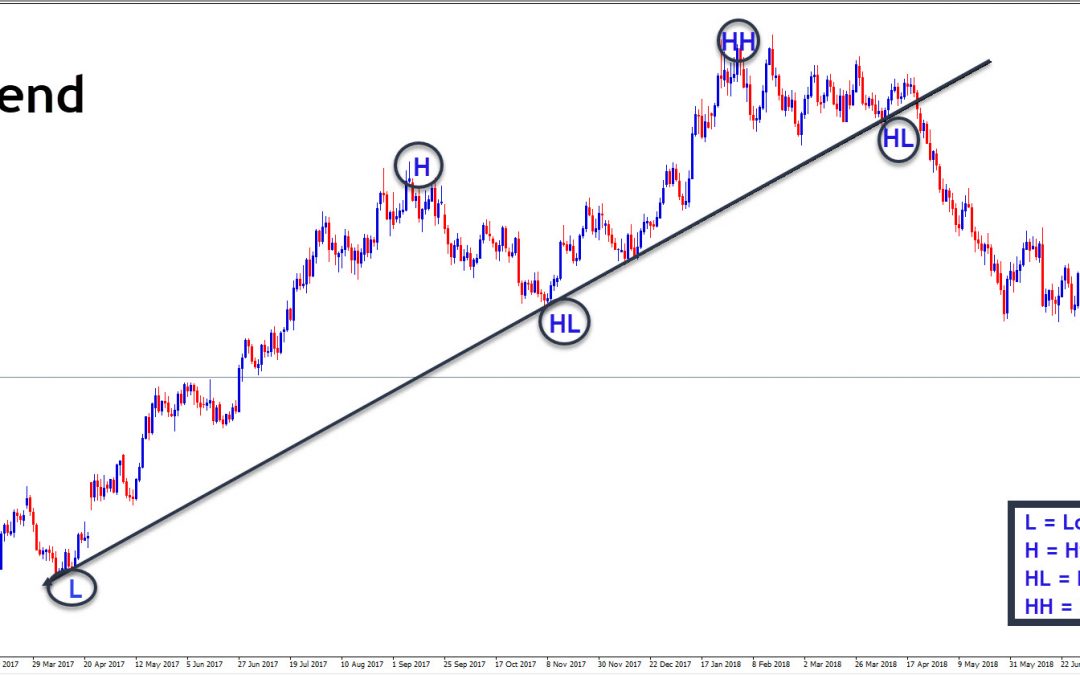
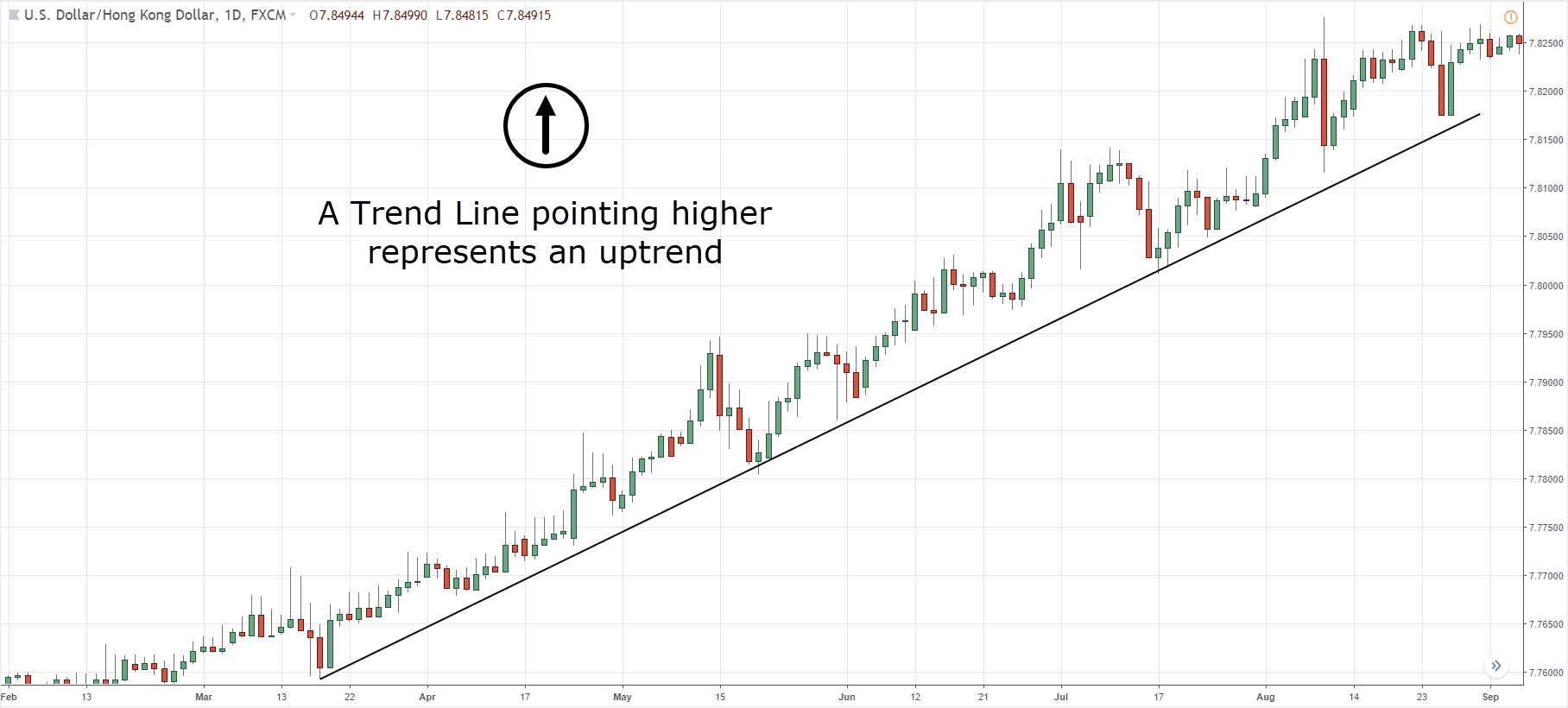


:max_bytes(150000):strip_icc()/figure-1.-eurusd-trendlines-56a22dc33df78cf77272e6c7.jpg)
